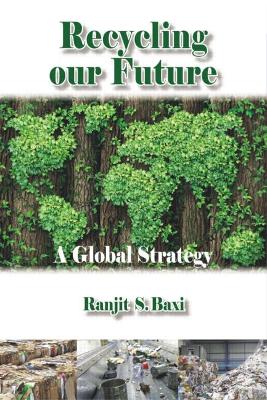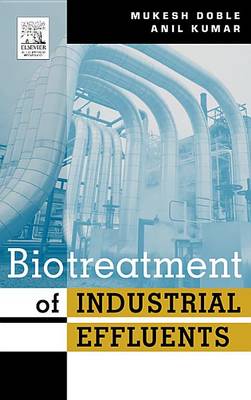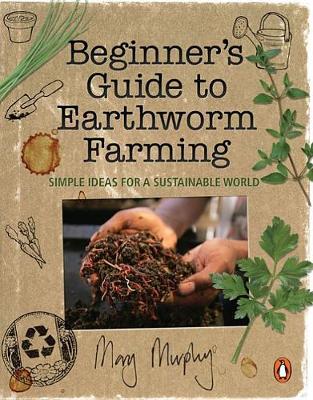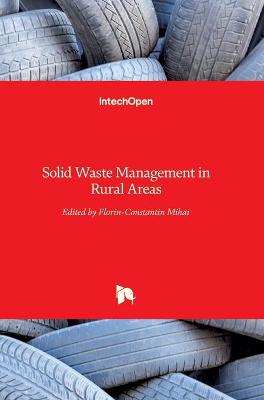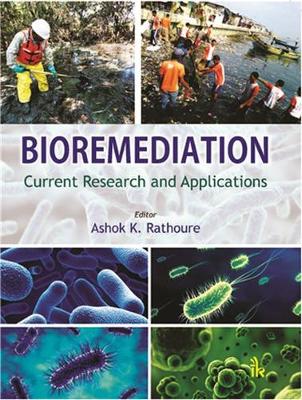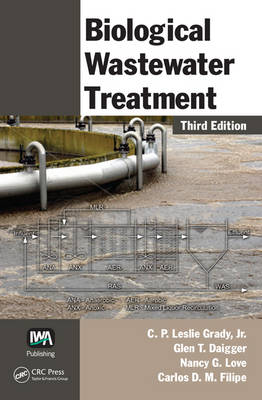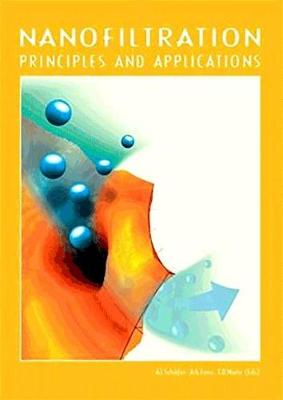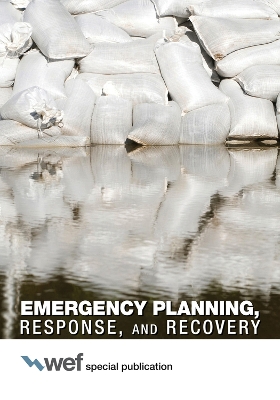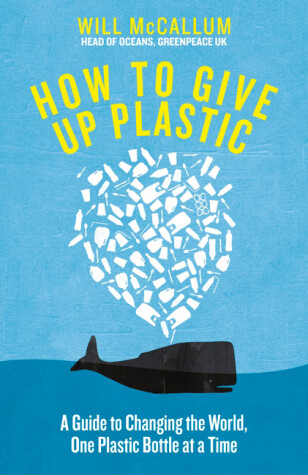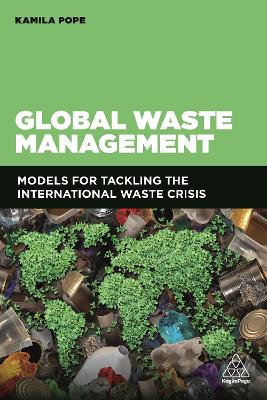Biotechnology for Treatment of Wastes Containing Metals addresses various aspects related to different wastes that have a metallic content and represent a serious risk for the environment and human health. These wastes, due to their physical and chemical characteristics, have been the object of studies which have led to the development of different technologies in recycling, reuse or adequate disposal, biotechnology being one of these alternatives. Biotechnology offers a range of options for the...
Compostable Polymer Materials deals with an environmentally important family of polymers designed to be disposed of in industrial and municipal compost facilities after their useful life. These compostable plastics undergo degradation and leave no visible, distinguishable or toxic residue. Environmental concerns and legislative measures taken in different regions of the world make composting an increasingly attractive route for the disposal of redundant polymers. This book provides up-to-date...
Every day every one of us contributes to the waste problem but, despite being a part of our lives, waste is poorly understood, even by those who should know better. We live in a throw-away society and yet what is discarded is a vital raw material and ingredient being traded as a valuable commodity around the world. Recycling our Future provides insight into the challenges facing the industry and individuals as the world contemplates expanding waste mountains. Finite resources are being eroded a...
With increasing government regulation of pollution, as well as willingness to levy punitive fines for transgressions, treatment of industrial waste is a important subject. This book is a single source of information on treatment procedures using biochemical means for all types of solid, liquid and gaseous contaminants generated by various chemical and allied industries. This book is intended for practicing environmental engineers and technologists from any industry as well as researchers and...
Taking Shape
Bioremediation is one of the most promising technological approaches to the problem of hazardous waste, which relies on microorganisms such as bacteria or fungi to transform hazardous chemicals into less toxic or nontoxic substances. Such biological transformation is more attractive than direct chemical or physical treatment. Microorganisms directly degrade contaminants rather than merely transferring them from one medium to another, employ metabolic degradation pathways and can be used in situ...
Biological Wastewater Treatment
by C. P. Leslie Grady, Jr., Glen T. Daigger, Nancy G. Love, and Carlos D. M. Filipe
Following in the footsteps of previous highly successful and useful editions, Biological Wastewater Treatment, Third Edition presents the theoretical principles and design procedures for biochemical operations used in wastewater treatment processes. It reflects important changes and advancements in the field, such as a revised treatment of the microbiology and kinetics of nutrient removal and an update of the simulation of biological phosphorous removal with a more contemporary model. See what...
Le Secteur de la Distribution de l'Eau en France (Sewage Disposal)
Did you know that over 300,000 tonnes of clothing are sent to landfill in the UK alone every year? And that the industry's carbon emissions are bigger than the world's flight and shipping footprints combined? But, it's OK...YOU CAN MAKE A CHANGEIn this book, you'll find 101 simple tips and tricks you as an individual can do in your everyday life to shop better and help save the planet. Governments, retailers and organisations around the world are finally starting to take action, but while w...
Assessment of Subseabed Disposal of Vitrified High Level Waste for the Pagis Project (Reports S.)
by S.F. Mobbs
The management, design and operation of microbiological containment laboratories
The Embankment Dam
Long-term Hazard to Drinking Water Resources from Landfill
by Peter Spillmann, Timo Dorrie, and Michael Struve
The co-disposal of domestic waste with industrial waste can represent a serious hazard to prime sources of drinking water throughout the world. Containing the latest research on the risks to groundwater over time, this book provides a scientific case for more sustainable landfill construction - over overwhelming implications for changes in waste management legislation as well as engineering practice.
Wastewater Re-use and Groundwater Quality (IAHS Proceedings & Reports)
Nanofiltration processes are finding wide applications in several 'wet' industries, such as water/wastewater treatment, water re-use, textile industry, diary industry, food industry and the pulp and paper industries. Despite this, no definitive book exists which covers the principles of the techniques and their potential and actual applications. ' Nanofiltration: Principles and Applications ' is edited by three well-known specialists from Australia, and contains chapters from top international...
Emergency Planning, Response, and Recovery
Improvements in Reservoir Construction, Operation and Maintenance
This book contains the proceedings of the 14th conference of the British Dam Society held at the University of Durham 6-9 September 2006, and covers critical issues relating to Improvements in Reservoir Construction, Operation and Maintenance. It addresses the recent changes to reservoir legislation in England and Wales relating to the enforcement of the Reservoirs Act 1975 and the requirement to prepare flood plans along with the introduction of the Controlled Activities Regulations in Scotland...
As read by James Corden, Fearne Cotton, Jim Chapman and Dougie Poytner.'We have a responsibility, every one of us' David Attenborough Around 12.7 million tonnes of plastic are entering the ocean every year, killing over 1 million seabirds and 100,000 marine mammals.By 2050 there could be more plastic in the ocean than fish by weight.Plastic pollution is the environmental scourge of our age, but how can YOU make a difference? This accessible guide, written by the campaigner at the forefront of th...
WINNER: 2020 International Solid Waste Association Publication Award Among other factors, rapid global population growth, our development model and patterns of production and consumption have increased waste generation worldwide to unsustainable rates. This rise has led to crises in many countries where waste management practices are no longer sound. Global Waste Management outlines the emerging global waste crisis considering the perspectives of developed and developing countries around the w...
Hydraulic Engineering Software V
This title discusses the applications of software in hydraulic engineering and water resources. It contains the edited proceedings of the Fifth International Conference on Hydraulic Engineering Software, held in Greece in September 1994. Topics covered include: open channel flow; transient and cavitation in fluid systems; hydraulic software; coastal dynamics and estuaries; water resources - hydrology and groundwater flow; flood and drought hazard; groundwater and aquifer modelling; aquifer conta...


